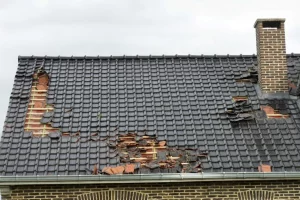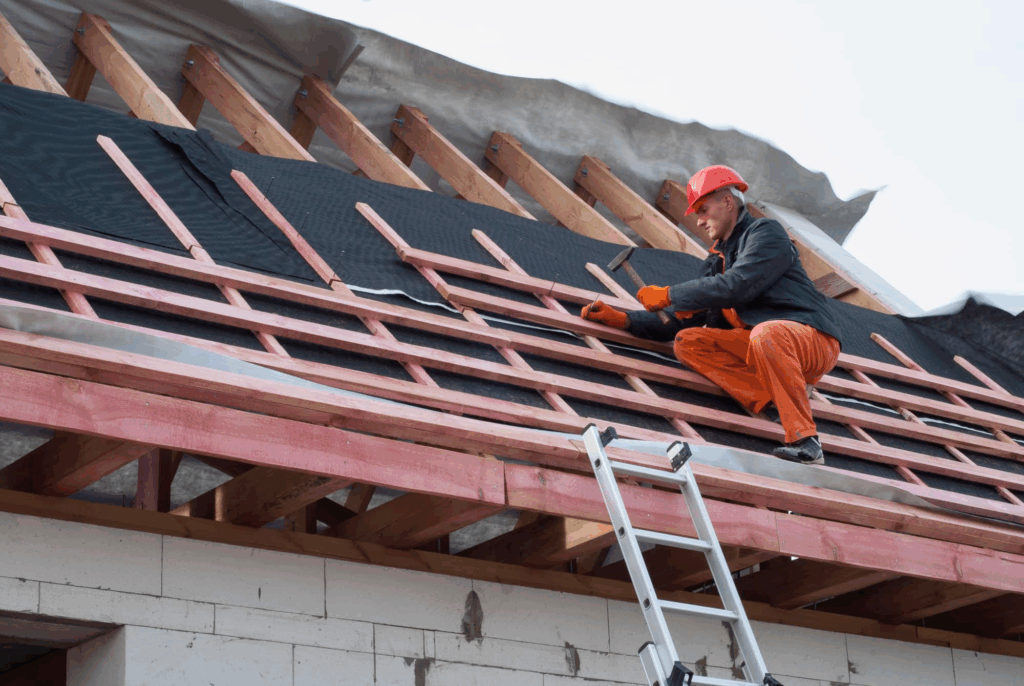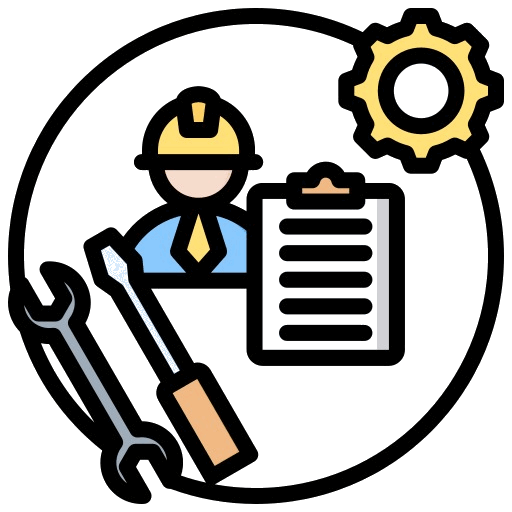The Importance of Timely Storm Damage Repair
When a storm hits, the immediate priority is safety. Once the skies clear, however, the damage left behind can have lasting consequences if not addressed swiftly. Storms can affect roofs, siding, windows, landscaping, and even the foundational structure of a property. That’s why timely storm damage repair isn’t just a matter of aesthetics—it’s a critical step in protecting the integrity, safety, and value of a home or commercial building.
Protecting the Structural Integrity of Your Property
Storms often bring heavy rain, strong winds, and hail, all of which can inflict serious harm on various parts of a building. Roofing materials can be ripped off, gutters can become detached, and siding may be cracked or torn. These damages, if not repaired promptly, can lead to further complications such as water infiltration and mold growth.
For example, a missing roof shingle might seem like a small issue at first, but it exposes the underlying materials to moisture. Over time, this moisture can weaken the roof’s decking and potentially lead to leaks that damage insulation, ceilings, and even walls. By acting quickly after a storm, homeowners and property managers can prevent a chain reaction of more extensive—and more expensive—repairs.
Preventing Long-Term Water Damage
 Water is often the most insidious threat after a storm. It can seep into places that are not easily visible, such as behind walls, under floors, or into the attic. Once moisture gets in, it can silently cause damage for weeks or months before the signs become apparent. Warped wood, peeling paint, and moldy odors are often symptoms of water damage that could have been prevented with early intervention.
Water is often the most insidious threat after a storm. It can seep into places that are not easily visible, such as behind walls, under floors, or into the attic. Once moisture gets in, it can silently cause damage for weeks or months before the signs become apparent. Warped wood, peeling paint, and moldy odors are often symptoms of water damage that could have been prevented with early intervention.
Timely storm damage repair allows professionals to assess the full extent of water exposure and take appropriate steps to mitigate the problem. This may include drying out affected areas, repairing broken seals or barriers, and replacing water-damaged materials before mold or rot sets in. Ignoring water damage can lead to significant health risks and structural concerns down the line.
Maintaining Property Value
A well-maintained home or business property retains its value better than one that shows signs of neglect. Storm damage, especially when visible on the exterior, can reduce curb appeal and raise red flags for potential buyers or tenants. Even minor storm-related issues can be a turn-off if they suggest deeper, unresolved problems.
Timely repairs not only restore the appearance of a property but also demonstrate responsible ownership. In real estate, perception is powerful. When buyers see a property that has been cared for, they are more likely to place trust in the overall condition of the building. For sellers and landlords, investing in storm damage repair can result in higher returns and a smoother transaction process.
Enhancing Safety for Occupants
Beyond protecting the structure and value of a building, timely storm damage repair is essential for occupant safety. Damaged roofs, broken windows, and weakened structures pose physical risks. Loose materials or debris can fall, electrical systems may be compromised, and moisture can promote mold growth that affects indoor air quality.
For families with children or elderly residents, the risks are even more pronounced. Prompt assessment and repair reduce exposure to these hazards, ensuring a safe living or working environment. When repairs are delayed, small issues can escalate into emergencies that require far more disruptive and costly solutions.

Working with Insurance in a Timely Manner
Another key reason to act quickly after a storm is to streamline the insurance claim process. Most insurance providers have time-sensitive requirements for filing claims and documenting damages. Delaying repairs or failing to document damage accurately can complicate the claims process and potentially lead to denial or reduced compensation.
By contacting a professional storm damage repair service soon after a storm, property owners can ensure that all visible and hidden damage is properly documented. This not only helps with the insurance claim but also ensures that the repair work is comprehensive and code-compliant.
